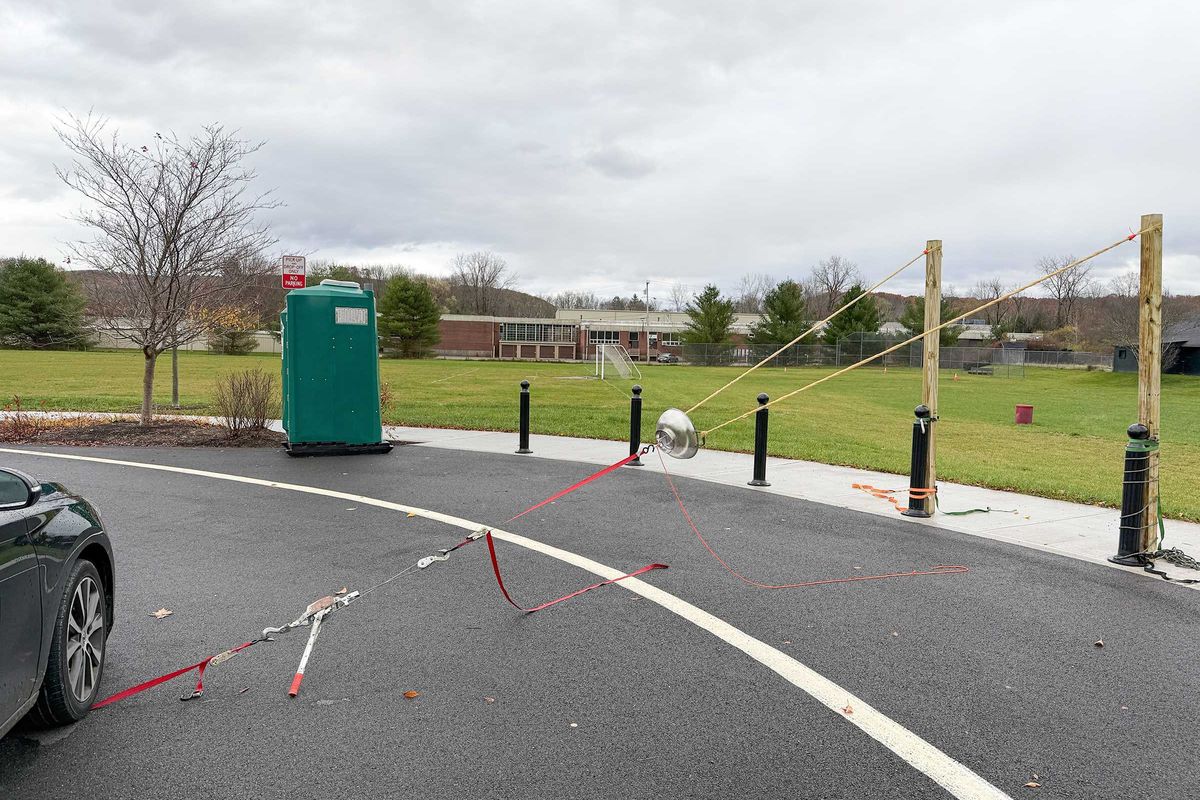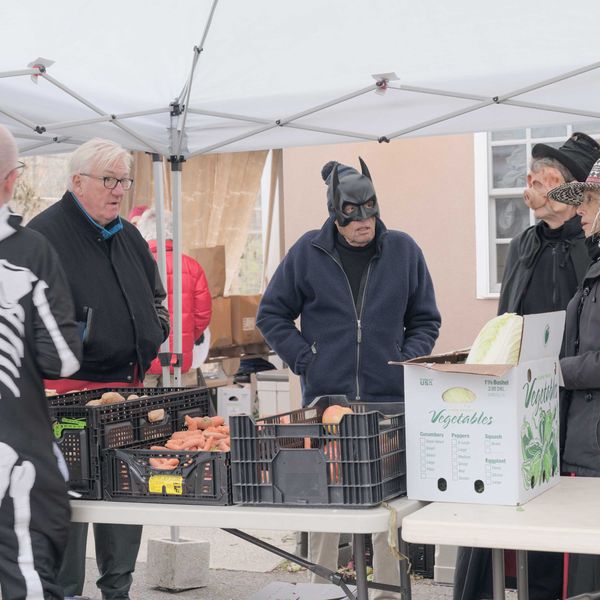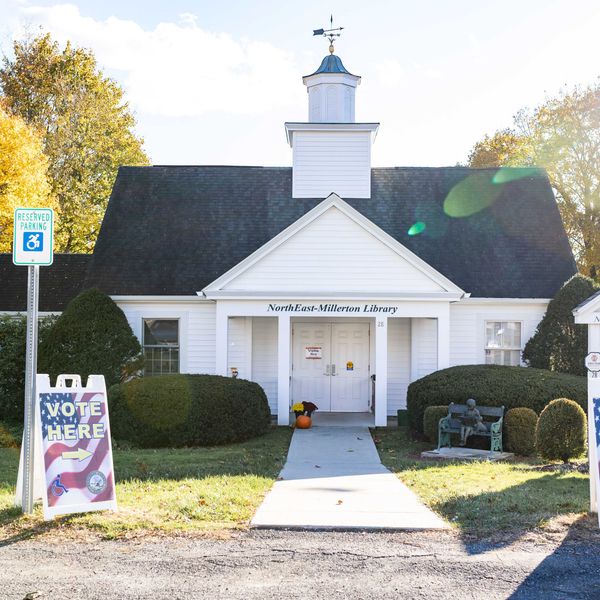Why We Love Chintz in Interior Design

The famous Yellow Room of Nancy Lancaster, described as one of the most influential rooms in the history of English decoration, will be featured in a Zoom talk about the design firm Colefax and Fowler. Photo courtesy Ventfort Hal







 Webutuck High School social studies teacher Kevin Kleespies let students pet his bear steed as they passed.Nathan Miller
Webutuck High School social studies teacher Kevin Kleespies let students pet his bear steed as they passed.Nathan Miller







